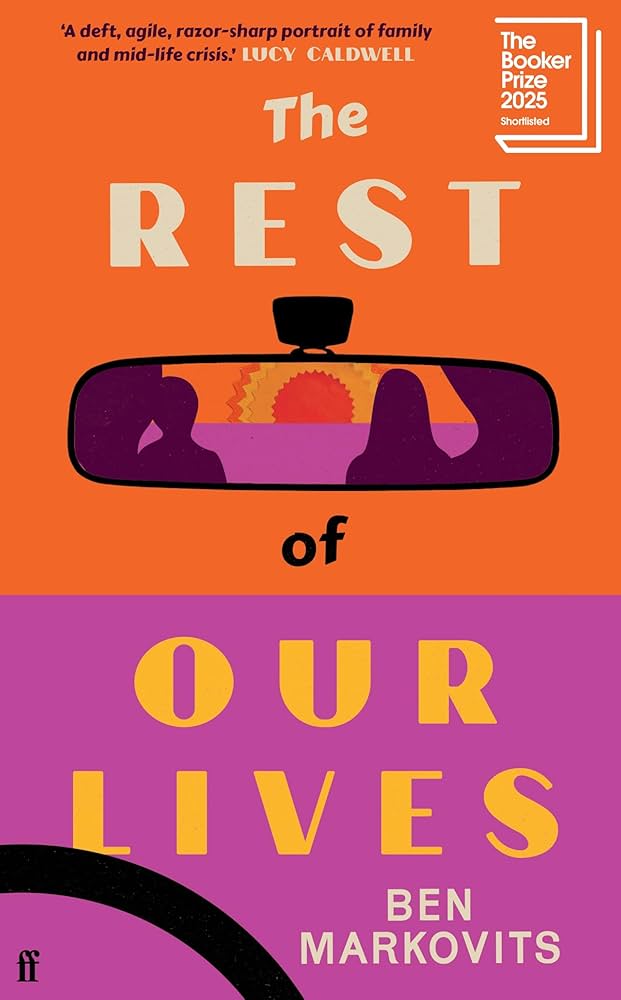A little bit of TLC
How best can we care for an ageing population? Sophie Shina looks at telecare

One third of babies born in 2012 are expected to celebrate their 100th birthday, according to government statistics. Whilst ageing populations are a victory of development, health and social care systems are struggling to cope with the burden of long-term care. As a result, the need for healthcare innovation has intensified — is large-scale telecare implementation the answer we are looking for?
Depicted by one patient as like having a “little nurse sitting on [his] shoulder,” telecare is an innovative eHealth service which aims to help patients who are either frail and elderly, or who have a long term condition, to live more independent lives. It uses a combination of sensors, alarms and other equipment to monitor changes in a patient’s health. The most common forms include personal alarms, whereby pressing a button on a pendant alerts a local control centre, and motion sensors which automatically control bathroom and hallway lights, thereby reducing the likelihood of falls.
Telecare can significantly increase the quality of life for people with a high dependency on health services through facilitating self-care and reducing disruption associated with routine check-ups and unplanned hospital admissions. Headline findings from the Whole System Demonstrator Programme, the largest randomised control trial of telecare to date launched by the Department of Health in 2008, were strikingly positive. They revealed not only reduced costs, but also improved patient outcomes with a 45% reduction in mortality rates. At the moment there are at least 1 million telecare users in England, predominantly women over 70 who are living alone. Based on the headline findings of the Whole System Demonstrator Programme the government introduced the 3millionlives initiative in 2012, which aims to extend telecare to 3 million more people over 5 years.
Telecare ‘is like having a little nurse sitting on my shoulder’
However, the evidence about the effectiveness and efficiency of telecare is controversial. Many academics have criticised the early evaluationof the Whole System Demonstrator Programme and the subsequent haste to make policy based on what they perceive as little evidence. Indeed, the latest analyses of the programme released earlier this year found no significant positive impacts for patients or on the use of other health and social care services. In addition, there have been several unfinished pilots over the last few years as a result of the organisational and operational complexity of telecare implementation.
So is the scale up of telecare an ambitious gamble by a government with scarce resources? Or is it a key pillar for effective and efficient care delivery to ageing populations? Without a credible evidence base, we can only speculate.







